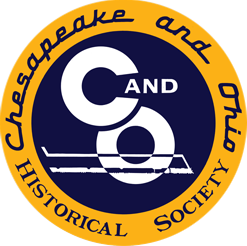

$24.95
By Dr. Wendell H. McChord
The C&O’s mainline has always been shown as Washington-Cincinnati after 1889. Even before that, Cincinnati was the western terminal, gained first by Ohio steamboat from Huntington, W. Va., and later via other railroads through Kentucky until 1889 when its own Cincinnati Division was completed, running along the south bank of the Ohio River. At Cincinnati, C&O connected with many other railroads and opened a large through traffic. In 1910, it acquired the Chicago, Cincinnati & Louisville Railroad and thus obtained a line that ran from Cincinnati to the Chicago gateway. Subsequently, Cincinnati became a hub for C&O’s passenger traffic during its peak year through the first half of the 20th Century. Its freight business was handled by yards outside the city, but the city itself has always loomed large in the life of the C&O. This book explores the relationship of C&O and the Queen City of the West.
By Dr. Wendell H. McChord
The C&O’s mainline has always been shown as Washington-Cincinnati after 1889. Even before that, Cincinnati was the western terminal, gained first by Ohio steamboat from Huntington, W. Va., and later via other railroads through Kentucky until 1889 when its own Cincinnati Division was completed, running along the south bank of the Ohio River. At Cincinnati, C&O connected with many other railroads and opened a large through traffic. In 1910, it acquired the Chicago, Cincinnati & Louisville Railroad and thus obtained a line that ran from Cincinnati to the Chicago gateway. Subsequently, Cincinnati became a hub for C&O’s passenger traffic during its peak year through the first half of the 20th Century. Its freight business was handled by yards outside the city, but the city itself has always loomed large in the life of the C&O. This book explores the relationship of C&O and the Queen City of the West.
Reviews
There are no reviews yet.